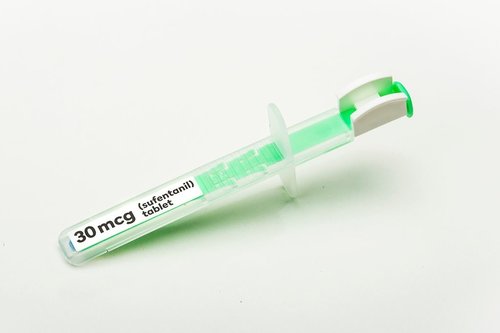Doctors Call for Urgent Review of Opioid Tapering Policy
/By Pat Anson, PNN Editor
An open letter by healthcare professionals to the U.S. Department of Health and Human Services is warning that forced opioid tapering has led to “an alarming increase in reports of patient suffering and suicides” and calls for an urgent review of tapering policies at every level of healthcare.
“This is a large-scale humanitarian issue,” the letter warns. “New and grave risks now exist because of forced opioid tapering.”
The joint letter, recently published online in the journal Pain Medicine, is signed by over a hundred physicians, academics and patient advocates – including some longtime critics of opioid prescribing.
Among the signatories are Keith Humphreys, PhD, a Stanford University psychologist who has warned of a global opioid epidemic “driven by the overuse of legal painkillers,” David Juurlink, MD, a board member of Physicians for Responsible Opioid Prescribing (PROP) who has called the War on Pain “one of the most spectacular failures of modern medicine,” and Red Lawhern, PhD, a strident patient advocate who has blamed PROP’s founder for “the deaths of hundreds of chronic pain patients.”
One thing these strange bedfellows have in common is that they all agree forced tapering has gone too far and has become “a genuine threat to a large number of patients.”
“Countless ‘legacy patients’ with chronic pain who were progressively escalated to high opioid doses, often over many years, now face additional and very serious risks resulting from rapid tapering or related policies that mandate extreme dose reductions that are aggressive and unrealistic,” the letter states.
“Rapid forced tapering can destabilize these patients, precipitating severe opioid withdrawal accompanied by worsening pain and profound loss of function. To escape the resultant suffering, some patients may seek relief from illicit (and inherently more dangerous) sources of opioids, whereas others may become acutely suicidal.”
We’ve shared the stories of several of these patients, including Bryan Spece, a Montana man who killed himself in 2017 after his oxycodone dose was abruptly cut by as much as 70 percent.
To avoid severe withdrawal symptoms, the CDC recommends a "go slow" approach to tapering, starting with 10% per week; while the Department of Veterans Affairs recommends a taper of 5% to 20% every four weeks. These tapering guidelines are not being followed by many doctors, who often feel pressured by insurance companies, regulators and law enforcement to lower doses, regardless of the harm it might cause a patient.
“Currently, nonconsensual tapering policies are being enacted throughout the country without careful systems that attend to patient safety,” the Pain Medicine letter warns. “We therefore call for an urgent review of mandated opioid tapering policies for outpatients at every level of health care — including prescribing, pharmacy, and insurance policies—and across borders, to minimize the iatrogenic harm that ensues from aggressive opioid tapering policies and practices.”
The letter also calls for pain management specialists and patient advisory boards to be included in future decisions about prescription opioids. They have often been excluded by federal agencies and commissions in previous decisions.
The letter in Pain Medicine is the second joint letter recently signed by healthcare professionals calling for a significant change in the nation’s opioid policies. A letter signed in October called on the CDC to make a “bold clarification” of its 2016 opioid guideline and to evaluate the impact it is having on pain patients — something the agency has not done.
























